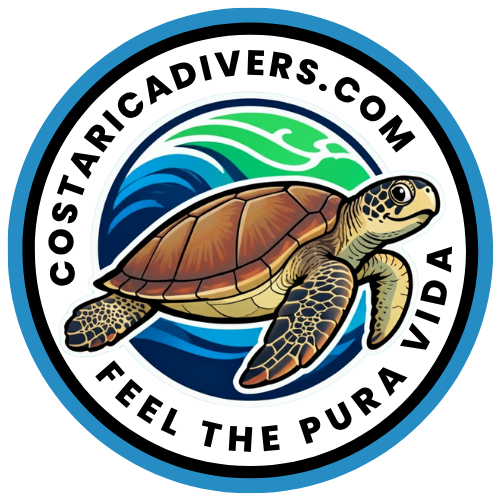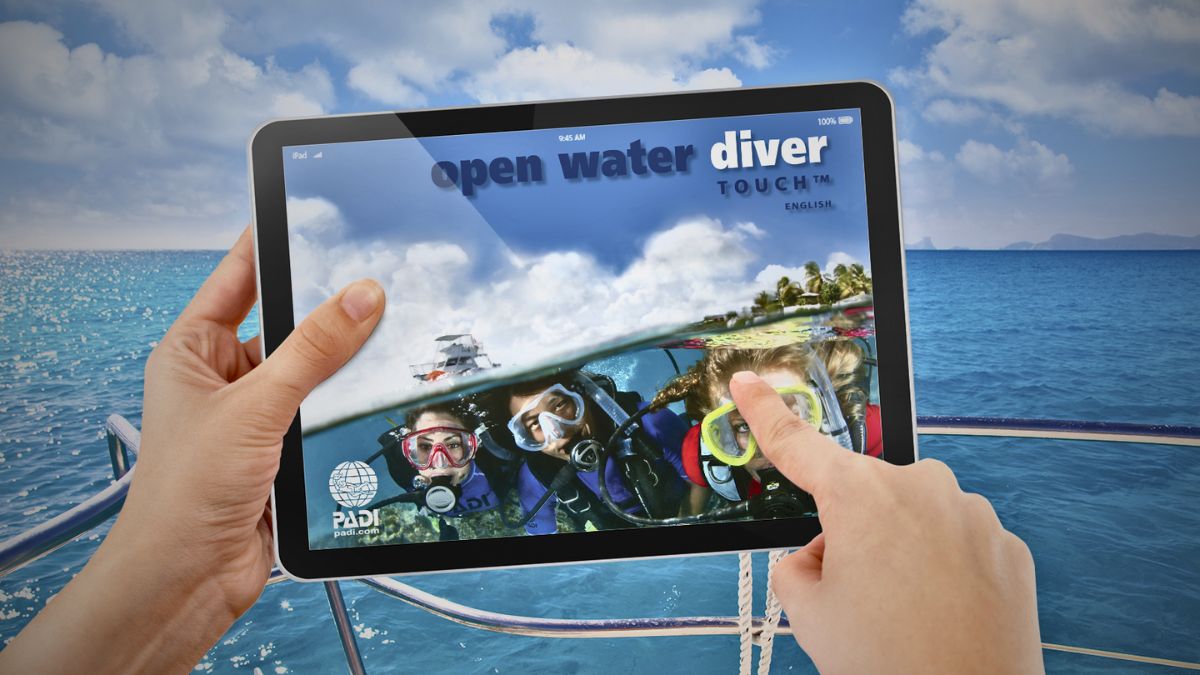When I first stood at the edge of the ocean, mask in hand, I faced a choice that many water enthusiasts encounter: should I explore the underwater world through snorkeling or take the plunge into scuba diving?
If you’re trying to decide between scuba diving vs snorkeling, you’re in the right place. I’ve spent years exploring Costa Rica’s vibrant underwater ecosystems through both activities, and I’m here to help you understand the key differences, costs, and which option suits your adventure goals.
Whether you’re planning your first underwater experience or wondering if it’s time to upgrade from snorkeling to scuba, this guide will give you the insights you need.
What Is Snorkeling?
Snorkeling is the simplest way to explore underwater worlds. It involves swimming near the water’s surface while breathing through a tube called a snorkel. You wear a mask that lets you see clearly underwater, and fins help you move efficiently.
The beauty of snorkeling lies in its accessibility. You don’t need extensive training, expensive equipment, or special certification. Just basic swimming skills and a sense of adventure.
When you’re snorkeling, you float on the surface and observe the underwater scenery from above. You can watch colorful fish darting between coral formations, spot sea turtles gliding below, and enjoy the peaceful rhythm of breathing through your snorkel.
Most snorkeling happens in shallow waters, typically 1 to 7 meters deep. This makes it perfect for exploring coastal reefs, lagoons, and calm bays where marine life thrives close to the surface.
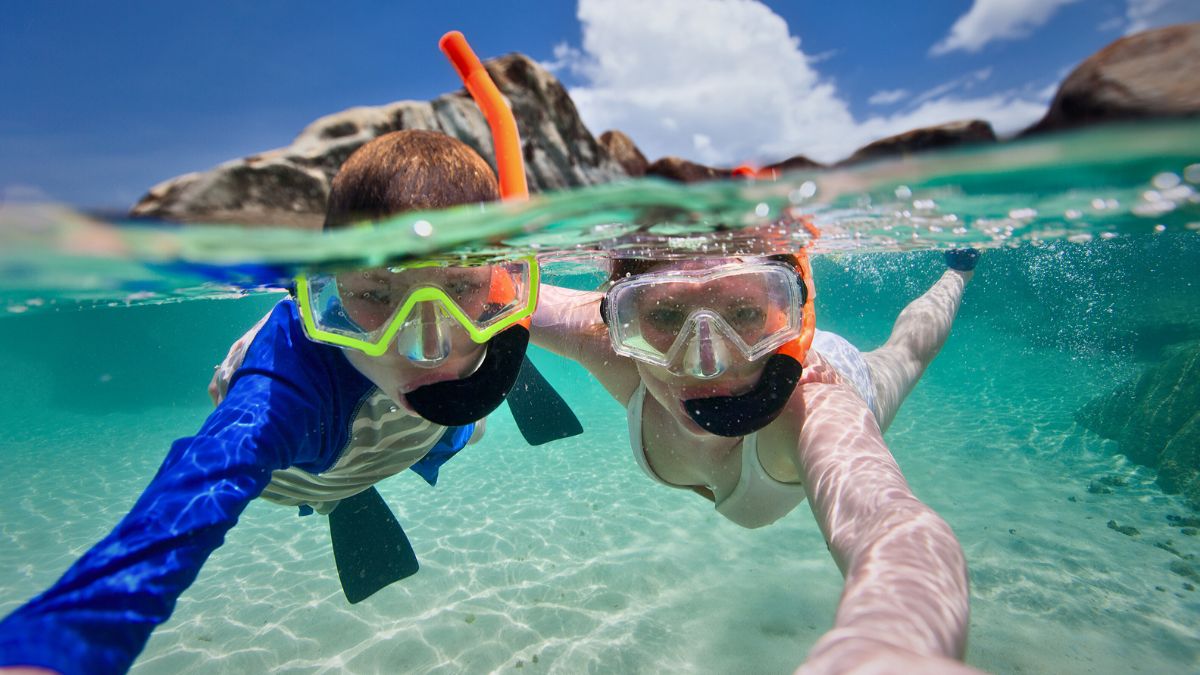
Can Anyone Go Snorkeling?
Yes, snorkeling is accessible to almost everyone. You don’t need to be an Olympic swimmer, but basic swimming skills and comfort in the water are important for safety.
Children as young as 5 or 6 can snorkel with proper supervision. Many families enjoy snorkeling together because it doesn’t require the training commitments that scuba diving does.
If you’re not a confident swimmer, you can wear a flotation vest that keeps you on the surface effortlessly. This removes physical demands and lets you focus entirely on enjoying the underwater views.
Did you know? Snorkeling burns approximately 250-300 calories per hour, making it both a relaxing and surprisingly effective form of exercise while you explore marine ecosystems.
What Is Scuba Diving?
Scuba diving takes underwater exploration to an entirely different level. The word “scuba” stands for Self-Contained Underwater Breathing Apparatus. You carry your own air supply on your back, allowing you to breathe normally while fully submerged.
Unlike snorkeling, where you’re limited to surface views, scuba diving lets you descend deep into the ocean and become part of the underwater world. You can swim alongside sea turtles, explore intricate coral formations up close, and discover shipwrecks.
The experience feels almost like flying. With the right buoyancy control, you can hover weightlessly at any depth, moving effortlessly through three-dimensional space.
Most recreational divers explore depths between 18 and 40 meters. Your time underwater typically lasts 30 to 60 minutes, depending on depth and air consumption.
Is Scuba Diving Dangerous?
This is one of the most common questions I hear. The honest answer is that scuba diving carries inherent risks, but with proper training and adherence to safety protocols, it’s statistically very safe.
Think of it like driving a car. There are risks involved, but when you follow the rules and maintain your equipment, those risks become manageable.
The key to safe diving is certification. Organizations like PADI have developed comprehensive training programs that teach you equipment handling, buoyancy management, underwater navigation, and emergency responses.
Most diving accidents occur when people skip training, ignore safety guidelines, or push beyond their certification limits. When you dive responsibly with a buddy and follow your training, diving becomes remarkably safe.

Scuba Diving vs Snorkeling: The Key Differences
Now let’s compare them directly. The differences go beyond just depth and affect everything from costs to the marine life you’ll encounter.
How Deep Can You Go When Snorkeling vs Scuba Diving?
Depth is the most obvious distinction between these activities.
When snorkeling, you stay at the surface or make brief breath-hold dives. The average snorkeler can duck down 3 to 4 meters to get a closer look. Experienced free-divers might reach 7 meters, but that requires practice.
Scuba diving opens entirely different depth ranges. Entry-level Open Water certified divers can safely explore down to 18 meters. With advanced certification, you can reach 30 to 40 meters.
This depth difference matters because marine ecosystems change as you go deeper. Some coral species only thrive at certain depths. Larger marine animals like sharks, rays, and groupers often prefer deeper waters.
In Costa Rica’s Caño Island, snorkelers see beautiful shallow reefs teeming with tropical fish. Divers descending to 20-30 meters encounter white-tip reef sharks, giant manta rays, and stunning rock formations.
What Equipment Do You Need for Each Activity?
The equipment requirements differ dramatically, affecting both cost and convenience.
Snorkeling Equipment
The gear list is simple. You need a mask that fits snugly, a snorkel tube, and fins. In tropical waters like Costa Rica, you can snorkel in just a swimsuit. In cooler waters, you might want a wetsuit for warmth.
That’s it. You can pack all your snorkeling gear in a small bag. Total cost for buying quality equipment ranges from $50 to $150.
Scuba Diving Equipment
Diving requires significantly more gear. You need everything a snorkeler uses, plus a buoyancy control device (BCD), regulator attached to an air tank, wetsuit designed for diving, weights, and a dive computer to monitor depth and air supply.
The good news? You don’t have to buy everything immediately. Most dive centers rent complete equipment packages. If you purchase your own gear, expect to invest $1,000 to $3,000 for a full setup.
Here’s a comparison table:
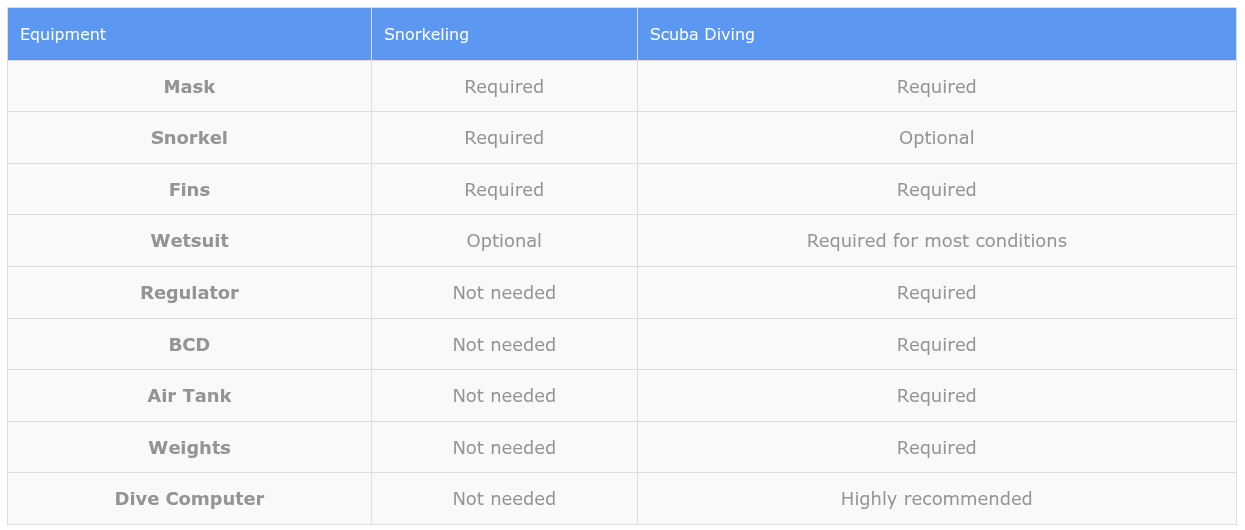
Do You Need Training or Certification?
This is where the activities diverge significantly.
Snorkeling Training
You can learn to snorkel in about 15 minutes. Someone shows you how to clear water from your snorkel, adjust your mask, and breathe steadily through the tube. Then you’re ready to go.
No certification required. No tests to pass. This makes snorkeling perfect for spontaneous adventures or family activities.
Scuba Diving Training
Scuba diving requires proper certification from recognized organizations like PADI, SSI, or NAUI. Reputable dive operators won’t let you dive without showing your certification card.
The entry-level Open Water Diver certification typically takes 3 to 4 days and includes:
- Knowledge development (learning diving theory, physics, physiology)
- Confined water training (pool sessions to practice skills)
- Open water dives (4 dives in actual diving conditions)
The time commitment ranges from 20 to 30 hours total. You’ll learn essential skills like clearing your mask underwater, recovering your regulator, controlling buoyancy, and emergency procedures.
Once certified, your certification is valid for life.

How Much Does Each Activity Cost?
Budget is a practical consideration, and there’s a significant cost difference.
Snorkeling Costs
Snorkeling is remarkably affordable. Guided snorkeling tours in Costa Rica cost $40 to $80 per person. This usually includes equipment rental, boat transportation, and guide services.
Renting equipment independently costs $10 to $20 per day. Buying your own quality set ranges from $50 to $150.
There are no certification costs or required training courses.
Scuba Diving Costs
Scuba diving requires a larger financial investment, especially when starting out.
Open Water certification courses cost $300 to $500. This is a one-time expense giving you lifetime access to recreational diving.
Guided dive trips range from $80 to $150 for a two-tank dive. Equipment rental, if not included, adds $30 to $50 per day.
The cost difference is real, but remember that scuba diving offers experiences impossible with snorkeling.
Fun fact: Recreational divers typically stay between 18-40 meters where the most vibrant marine life thrives and safety margins remain comfortable, even though the sport diving depth record exceeds 300 meters.
What Can You See Underwater?
Both activities let you witness marine life beauty, but the perspective differs significantly.
When snorkeling, you get a bird’s eye view of the underwater world. You float above coral reefs, watching colorful fish weave through formations below. Sea turtles may surface near you to breathe.
The experience is peaceful and meditative. The gentle sound of your breathing through the snorkel and the slow drift as you explore create a relaxing connection with the ocean.
Scuba diving provides immersion that snorkeling can’t match. You’re not watching from above, you’re part of the ecosystem. Fish swim around you at eye level. You can peer into crevices where eels hide. You hover motionless and watch marine life behave naturally.
The deeper you go, the more the marine environment changes. Different coral species appear. Larger animals feel comfortable approaching.
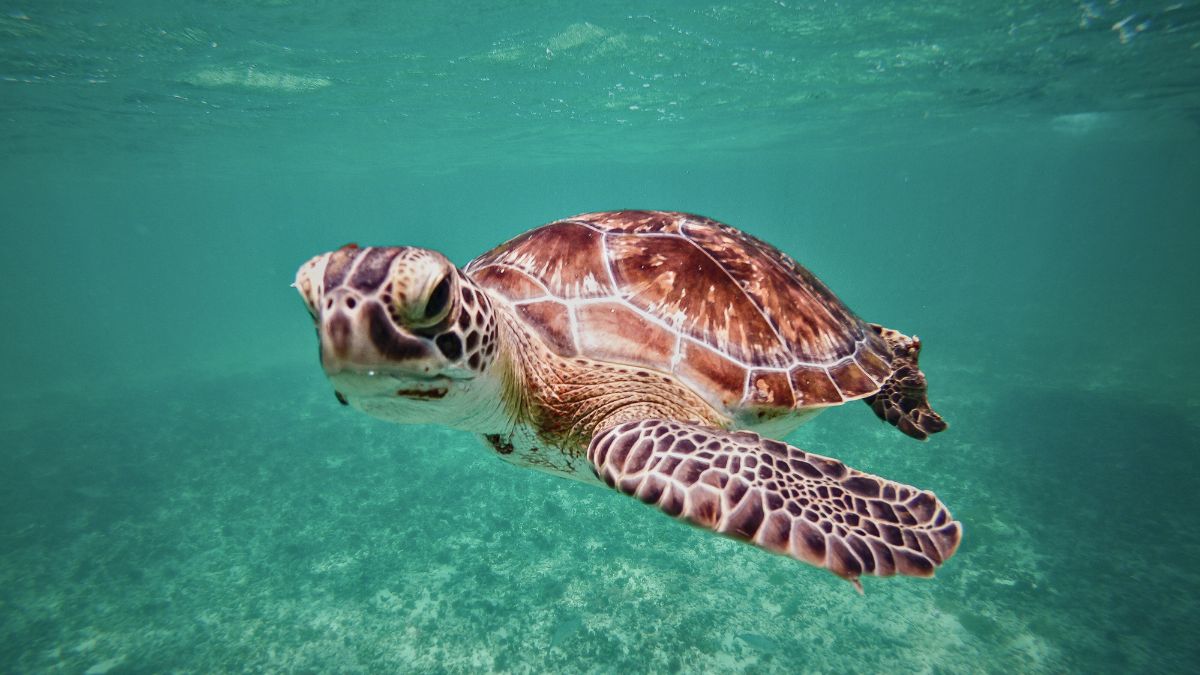
Where Are the Best Diving and Snorkeling Spots in Costa Rica?
Costa Rica offers world-class opportunities for both activities.
Top Snorkeling Spots
Caño Island Biological Reserve stands out as one of the Pacific coast’s premier destinations. The shallow reefs around the island teem with tropical fish, and clear waters provide excellent visibility.
Marino Ballena National Park near Uvita offers accessible snorkeling close to shore. You can explore around rock formations, often spotting sea turtles and rays. During migration season (July-November and December-April), humpback whales visit these waters.
Top Diving Destinations
Caño Island also ranks as Costa Rica’s best diving destination. The deeper sites feature dramatic underwater topography, including walls and pinnacles. White-tip reef sharks, sea turtles, and schools of jacks are common sights.
For local diving without long boat trips, Uvita’s reefs in Marino Ballena National Park offer accessible shore dives with healthy coral formations and abundant marine life.
When Is the Best Time to Visit?
The dry season from December through April provides the best overall conditions. The Pacific coast sees calmer seas, better visibility, and more predictable weather.
Water visibility ranges from 10 to 30 meters during dry season, compared to 5 to 15 meters during rainy season (May-November).
Marine life follows seasonal patterns. Humpback whales visit during two distinct periods: July-November and December-April. Manta rays appear more frequently from November through May. Sea turtles nest year-round, with peak nesting July-November.
Water temperature remains fairly consistent at 26-29°C (79-84°F) throughout the year.

Safety Considerations: Which Activity Is Safer?
Both activities are safe when practiced responsibly, but they carry different types of risks.
What Are the Main Snorkeling Safety Concerns?
Snorkeling is generally considered safer due to its simplicity. You stay at the surface with easy access to air. The main risks include:
Sunburn: Your back is exposed to intense sun while you’re focused underwater. Reef-safe sunscreen is essential.
Fatigue: Swimming for extended periods can tire you out, especially if currents are present. Know your limits and use a flotation vest if needed.
Disorientation: Some people experience mild anxiety when breathing through a snorkel for the first time. Start in calm, shallow water until comfortable.
Marine life: While rare, jellyfish stings or coral scrapes can occur. The rule is simple: look but don’t touch.
What Are Scuba Diving Risk Factors?
Scuba diving involves additional physiological considerations because you’re breathing compressed air at depth.
Decompression Illness: Also called “the bends,” this occurs when dissolved nitrogen forms bubbles if you ascend too quickly. Proper training teaches you how to avoid this through controlled ascent rates and safety stops.
Barotrauma: Pressure changes can affect your ears and sinuses. You learn equalization techniques during training to prevent discomfort.
Equipment issues: Regulators can malfunction, tanks can run low. Your training includes emergency procedures for every equipment scenario.
The crucial point is that comprehensive training addresses every one of these risks. You learn prevention, recognition, and response procedures.
Statistically, scuba diving has a lower injury rate than many common sports like skiing or horseback riding.
What Health Requirements Apply?
Both activities require basic health, but scuba diving has stricter medical prerequisites.
For snorkeling, you should be comfortable in water and have reasonable cardiovascular fitness. If you have serious respiratory or heart conditions, consult your doctor first.
For scuba diving, you’ll complete a medical questionnaire before certification. Conditions that may disqualify you include severe asthma, heart disease, uncontrolled diabetes, epilepsy, or pregnancy. Some conditions require doctor’s clearance but don’t automatically disqualify you.
Age minimums apply: most organizations allow children to start diving at 10-12 years old with junior certifications. There’s no upper age limit.
How Do I Choose Between Scuba Diving and Snorkeling?
The answer depends on several personal factors. Let me walk you through a decision framework.
What’s Your Comfort Level in Water?
Be honest with yourself about your swimming ability and water confidence.
If you’re a strong, confident swimmer who loves the ocean, scuba diving is absolutely within your reach. The training will teach you everything needed.
If you’re a nervous swimmer or still building water confidence, snorkeling is the smarter starting point. You can wear a flotation vest, stay in shallow areas, and build comfort gradually.
How Much Time Can You Commit?
Your available time matters, especially on vacation.
Snorkeling requires zero prep time. You can decide this morning to go snorkeling this afternoon. Rent equipment, get a brief orientation, and you’re in the water.
Scuba diving demands time investment. Certification takes 3-4 days minimum. Even if you’re already certified, dive trips typically take a full day.
If you only have a few days in Costa Rica and want to maximize beach time, snorkeling offers more flexibility.
What’s Your Budget?
Money matters. Let’s be realistic about costs.
If you’re on a tight budget, snorkeling is your answer. A guided tour costs $40-80, or rent equipment for $10-20 and explore independently.
If you can invest $300-500 for certification plus $80-150 per dive trip, scuba diving opens up. Remember this is a lifetime skill.
Many people compromise by doing a Discover Scuba Diving experience first. For $100-150, you get brief training and do an actual dive with an instructor. This lets you try scuba before committing to full certification.
Should I Start with Snorkeling Before Scuba Diving?
This is a question I hear constantly. My answer: it depends on you.
Many people naturally progress from snorkeling to scuba diving. Snorkeling builds water confidence, teaches you about marine environments, and lets you discover if you actually enjoy underwater exploration.
If you’re nervous about scuba diving, starting with snorkeling makes perfect sense. You’ll realize the ocean isn’t scary and build comfort that makes diving enjoyable.
However, plenty of people skip straight to scuba certification. If you know you want the full diving experience and you’re confident in water, there’s no requirement to snorkel first.
In Costa Rica, I often recommend people try a snorkeling tour to Caño Island or Marino Ballena first. You’ll see the incredible marine life and get excited about exploring deeper.
The beauty is that even after becoming a certified diver, you’ll probably still snorkel sometimes. Each activity has its place.
Did you know? Many professional dive instructors still enjoy snorkeling on their days off. The ability to explore for hours without equipment setup or air limitations makes snorkeling beloved even for experienced divers.
Scuba Diving vs Snorkeling – Adventure Awaits
Both scuba diving and snorkeling offer incredible ways to explore Costa Rica’s rich marine ecosystems. The choice isn’t about which is “better,” it’s about which fits your goals, comfort level, budget, and available time.
If you want immediate access to underwater exploration with minimal investment, snorkeling provides a perfect introduction. You’ll see beautiful coral reefs, colorful tropical fish, and sea turtles gliding through Costa Rica’s clear Pacific waters.
If you’re ready to commit to certification and want the most immersive underwater experiences possible, scuba diving will change how you see the ocean. You’ll access depths and marine encounters that snorkeling simply can’t provide.
Many people eventually do both. They snorkel on casual beach days. They dive when they want profound underwater experiences and have time for proper planning.
Frequently Asked Questions
Can I Wear Glasses or Contact Lenses?
Regular glasses won’t work under a mask because it needs to seal against your face. However, you have good options.
Contact lenses work fine for both activities. I’ve worn them diving for years. The small risk is losing them if your mask floods, so bring spares.
Prescription masks are available for both snorkeling and diving. This is the best long-term solution if you dive regularly.
Which Activity Burns More Calories?
Both provide good exercise, though you might not realize it because you’re having fun.
Snorkeling burns approximately 250-300 calories per hour with moderate effort.
Scuba diving burns roughly 400-700 calories per hour depending on conditions. You’re carrying heavy equipment, swimming against currents, and working to maintain buoyancy control.
What If I Panic While Underwater?
Panic is the biggest danger in both activities, but there are clear ways to prevent and manage it.
When snorkeling, if you feel panicked, simply stand up (in shallow water) or roll onto your back and remove your mask. You have immediate access to normal breathing.
In scuba diving, your training specifically addresses panic prevention and management. You learn controlled breathing techniques, how to solve problems calmly, and emergency procedures.
The best prevention is proper training, diving within your limits, and diving with a responsible buddy.
Sources and References
This article was written based on professional diving experience and verified information from the following authoritative sources:
- PADI (Professional Association of Diving Instructors) – Certification standards, training requirements, and diving safety protocols
- DAN (Divers Alert Network) – Medical information, health requirements, and diving safety statistics
- Costa Rica Tourism Board – Information about marine protected areas, seasonal patterns, and local dive sites
- Sistema Nacional de Áreas de Conservación – Official data on Caño Island Biological Reserve and Marino Ballena National Park
